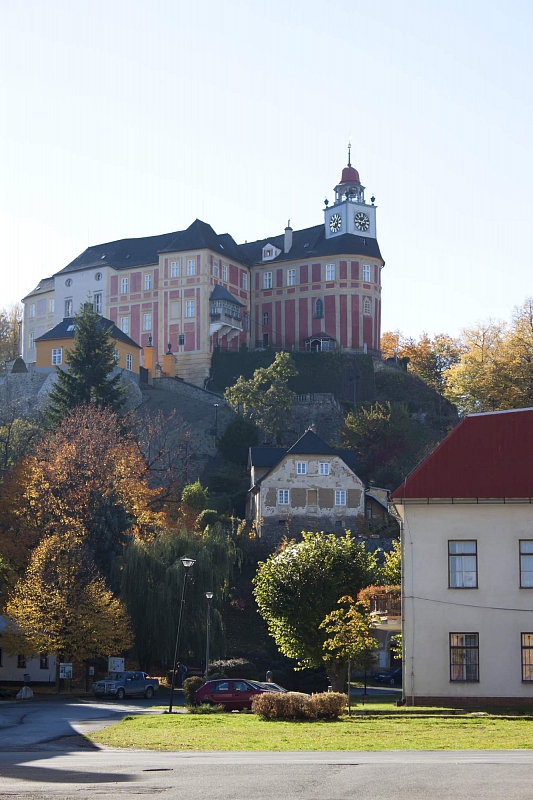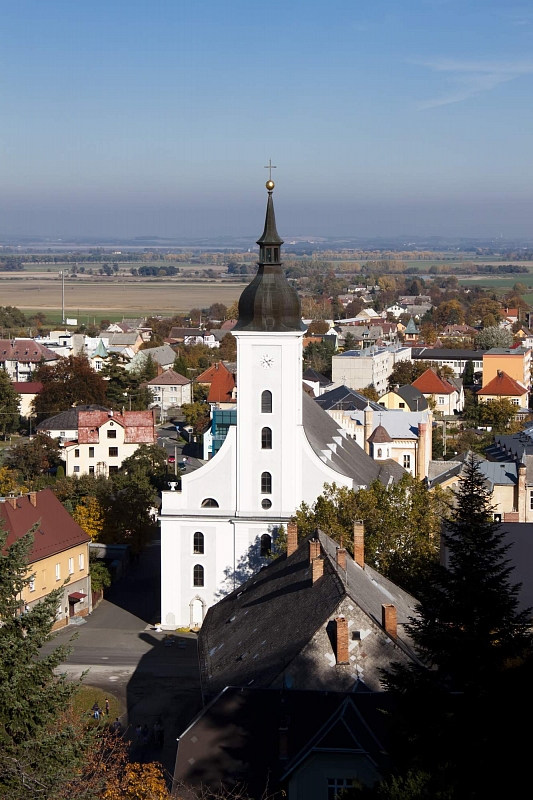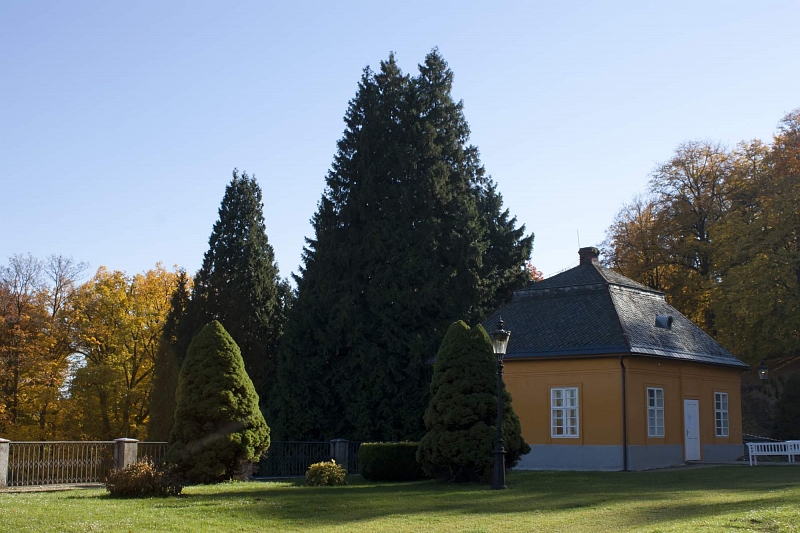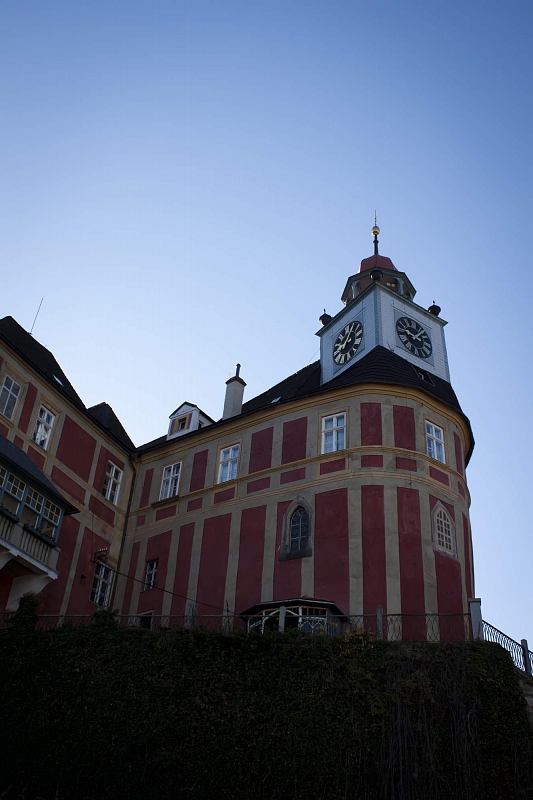Jánský vrch
Welcome to the castle, which is dedicated to art, especially music. You will find many rare collections and many others that you will not find anywhere else. Visit the Jánský Vrch chateau with us.
Information for visitors
Interesting facts Jánský vrch
The original castle was built in a strategically advantageous location above the Javornice housing estate in the second half of the 13th century. During the 15th century, it was severely damaged, not only by the Hussite wars, but also by the intervention of the diocese that owned it. This had its defense system destroyed so that the castle could not become a support for a potential enemy. At the end of the 15th century, a large reconstruction took place in the late Gothic style and the name was also changed, from the original Javorník castle to Jánský Vrch. Under Bishop Filip Gothard Schaffgotsch, the last reconstruction took place in a Baroque chateau, which became the center of musical life for the whole of Silesia. In 1959, the chateau was lent to the state and it was fully nationalized in 1984 after the mutual settlement of property between the Polish and Czech Catholic Churches. Since 2002, the chateau has been included in the list of National Cultural Monuments.
An exceptional technical and artistic rarity is the gas lighting of the interiors and the main courtyard of the chateau. Gas was introduced to the castle in 1906. In 2001, seven gas lamps were reconstructed in the outer courtyard. Another unique feature is the water supply system, established at the turn of the 18th and 19th centuries.
The interiors of the chateau are mostly Baroque and Classicist. Historical paintings and wallpapers have been preserved in several rooms. In the castle chapel you can see the late Gothic statues of St. Barbara, St. Helena and the Virgin Mary from 1491. The altar of the chapel dates from the early 17th century. Furthermore, the chateau offers a collection of musical instruments, paintings, valuable specimens made of porcelain and sepiolite (sea foam), but above all a unique collection of about 2000 pipes from the 18th - 20th century, which is the largest of its kind in Europe.
The castle hosts many cultural events, traditional is the annual music festival of Karel Ditters of Dittersdorf or small concerts as part of the Castle Cultural Summer.
Author: Marie Bukovinská







